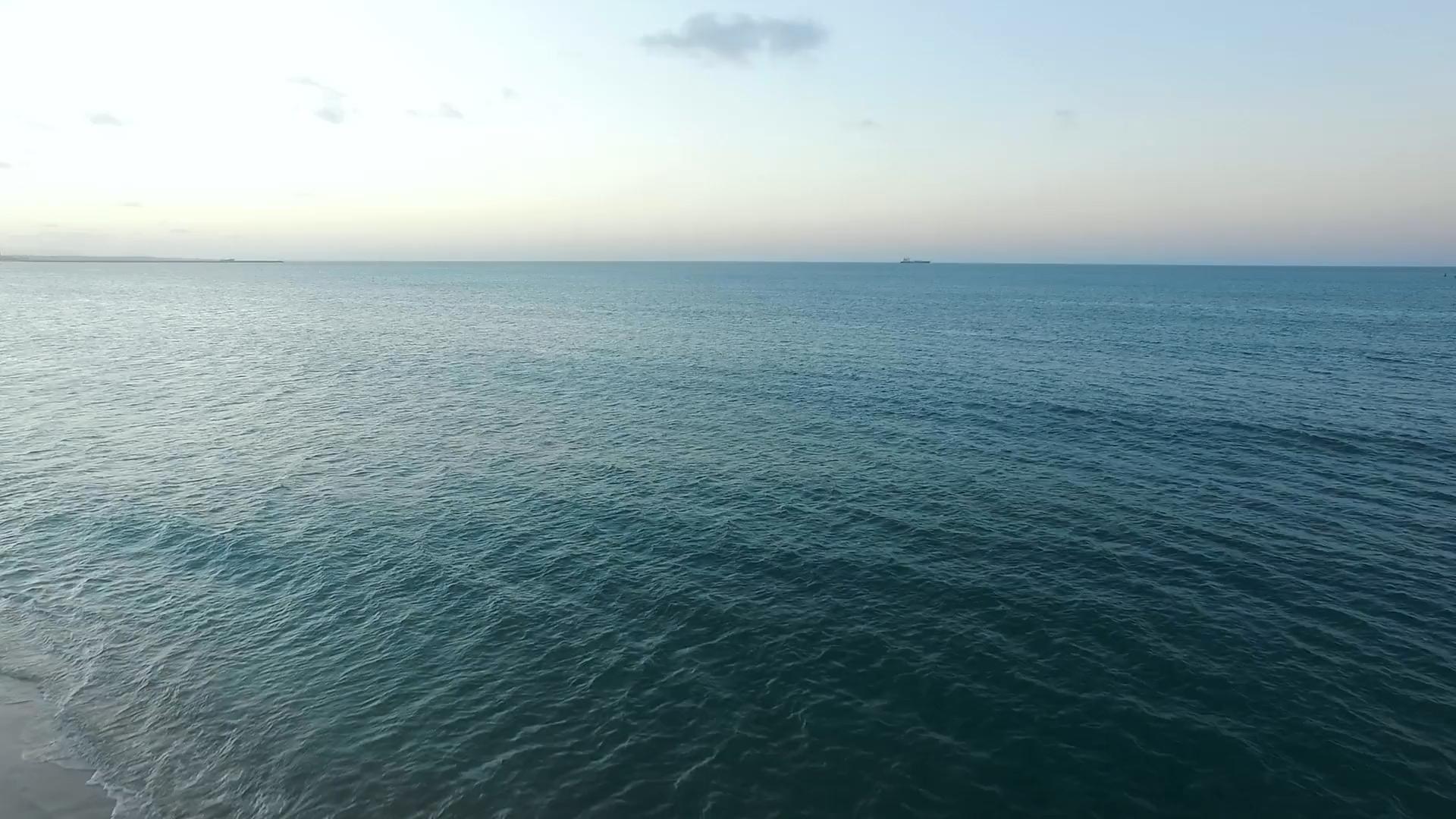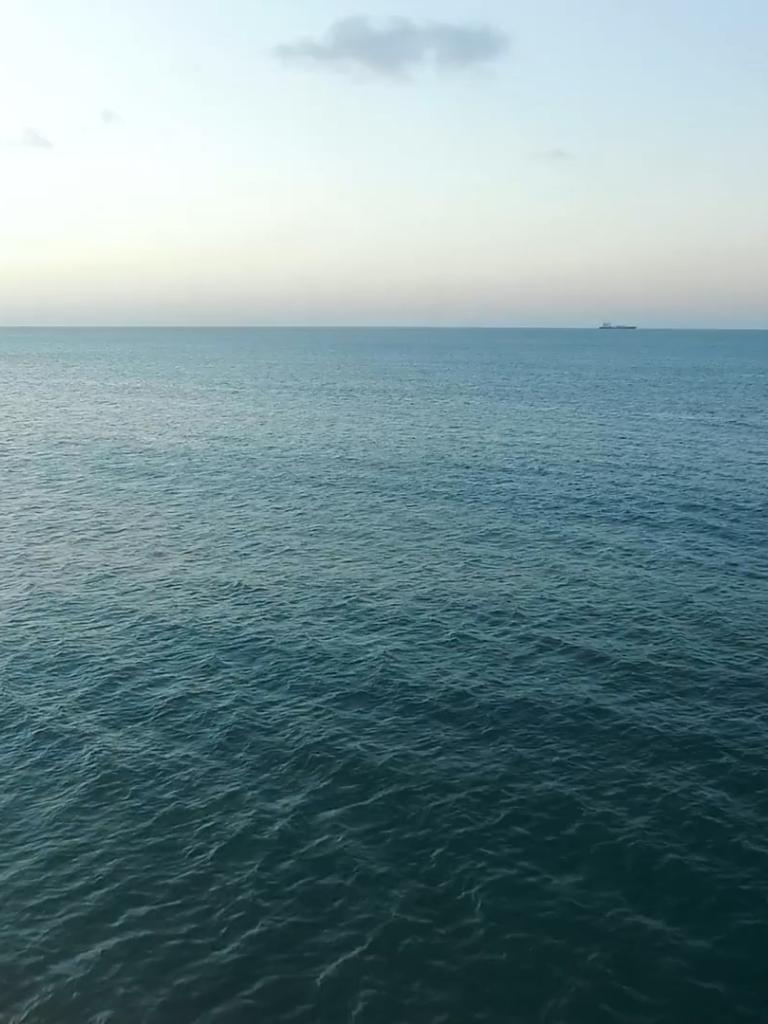EUMETSAT manages the operations of Ocean Colour products derived from the Ocean and Land Colour Imager (OLCI) instrument flown on the Sentinel-3 satellites from the European Commission Copernicus Programme. Ocean Colour System Vicarious Calibration (OC-SVC) with radiometric measurements at sea is required to achieve the quality of the Ocean Colour products defined in the mission requirements. OC-SVC requires a dedicated infrastructure at a favourable location. EUMETSAT has initiated activities on behalf of the EC to investigate the Copernicus OC-SVC infrastructure.
This study is part of a survey to find the best location for potential Copernicus OC-SVC infrastructure in European waters in terms of atmospheric, oceanographic and logistical site characteristics. The study follows Phase-1 and Phase-2 activities of the Copernicus OC-SVC roadmap and precedes the proposed Phase-4 activity. Phase-1 and Phase-2 were respectively the Scientific, Technical and Operational Requirements, and the Preliminary Design, Project Plan and Costing. The proposed Phase-4 is the Technical Definition, Specification, and Detailed Design study.
This study climatologically characterised two sites near the island of Madeira (Portugal) in terms of multiple atmospheric, oceanographic, logistical and other relevant parameters, in order to assess its suitability for the Copernicus OC-SVC infrastructure.
Madeira site locations: OPT: 32.62N, 17.27W; SOW: 32.25N, 17W.
Objectives
The objective of the study was to gather environmental data from available datasets and process them to provide a climatological characterisation of the Madeira sites and their surroundings.
In particular, geographic, atmospheric, oceanographic and anthropic conditions were assessed and analysed with respect to the requirements set in Phase-1 for the selection of an appropriate site to operate the field segment of an OC-SVC infrastructure. The study was completed by a description of logistics envisioned to support the development and operation of the future Copernicus OC-SVC infrastructure, in case the site would be selected.
Overview
Madeira is located in open ocean and covers an area of 741km2, a length of 54km, is about 23km wide at its widest point and has a coastline of about 150km.
The two sites investigated, SOW and OPT, are located in the sheltered area south of the island, away from continental contamination. Despite its Atlantic location, the island orography acts as a barrier to low clouds and high frequencies of cloud clear conditions are found in the two locations (especially at the OPT site) enabling a large number of high quality matchups. Low and stable AOD at 550nm and concomitantly uniform low Chl-a mass concentration, generally below 0.2mg/m-3, are found in both locations. Other key factors are the low near surface wind speeds with stable north to east directions, especially for the OPT site. Low significant wave heights both for swell and wind waves are present from January to December. The region is also characterised by stable and spatially uniform maritime aerosols.
Further details of the site and the corresponding analysis can be found in the study documents below.
Study reports
Climatological and Observational Datasets for the Madeira Sites, Task 1 Report (Deliverable 3), Instituto Português do Mar e da Atmosfera (IPMA)
Climatological Characterisation of the Madeira Sites, Task 2 Report (Deliverable 4), IPMA
Presentations
Expert review meeting (26/6/2021)
| Phase | Details |
|---|---|
| Kick-Off | 14/1/2021 |
| Duration | Five months |
| Status | Completed |
| Work Package 1 | Climatological Characterisation of Ocean Sites for Ocean Colour System Vicarious Calibration: Madeira. Task 1 Report: Climatological and observational datasets |
| Work Package 2 | Climatological Characterisation of Ocean Sites for Ocean Colour System Vicarious Calibration: Madeira. Task 2 Report: Site Characterisation |
| Work Package 3 | to come |
| Phase | Details |
|---|---|
| Kick-Off | 14/1/2021, Online |
| Progress Meeting 1 | 4/3/2021, Online |
| Progress Meeting 2/Final meeting | 7/6/2021, Online |
| Expert review | 24/6/2021, Online |


